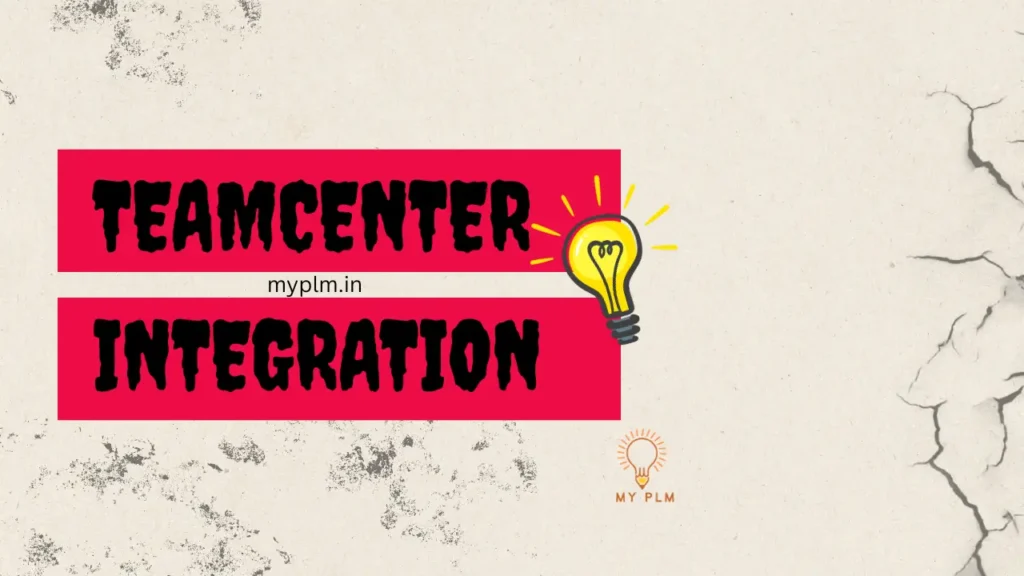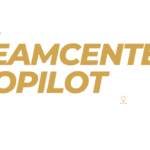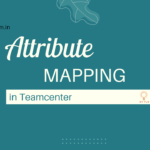Integration in Teamcenter refers to the process of connecting Teamcenter, a product lifecycle management (PLM) system, with other enterprise applications to enhance collaboration, communication, and data sharing within an organization.
Table of Contents
Key points of Teamcenter Integration
1 Need
Companies often use multiple enterprise applications acquired over time, leading to a diverse IT landscape. Integrating Teamcenter with these applications is crucial to streamline business processes and improve efficiency.
2 Efficiency
Integrating Teamcenter with other applications eliminates silos, reduces errors, enhances traceability, and automates business processes, leading to increased productivity.
3 Integration Frameworks
Teamcenter offers various integration frameworks like the Linked Data Framework and Integration Framework for connecting with third-party applications using data linking and synchronization paradigms.
4 Data Exchange
Teamcenter supports the export and import of TCXML data, allowing for high-level and low-level TCXML export/import methods. Tools like CSV2TCXML facilitate data migration into Teamcenter at high throughput rates.
5 Site Consolidation
Site consolidation tools enable the merging of multiple Teamcenter sites into a single site, optimizing performance and facilitating integration with other applications.
6 Migration from Legacy Systems
Legacy applications can be migrated to Teamcenter using tools like CSV2TCXML and Bulk Loader, ensuring a smooth transition of data from older systems to Teamcenter.
7 SAP Integration
Integrating SAP with Teamcenter can unlock significant value but may pose challenges due to complexity. Components like the Meta Domain Model and Aligned Code Lists play a crucial role in this integration.
Why need Integration in Teamcenter?
1 Unified Data Management
Integrating Teamcenter with other systems allows for unified management of product-related data across the enterprise, ensuring data integrity, reducing redundancy, and improving data quality.
2 Streamlined Business Processes
Integration automates workflows between systems like SAP and Teamcenter, reducing manual efforts, increasing process efficiency, and improving work productivity by streamlining business processes.
3 End-to-End Traceability
By integrating systems, organizations can track and trace the entire product lifecycle from design to delivery, enhancing transparency and reducing errors.
4 Improved Decision-Making
Integration provides real-time access to information from different systems, enabling better decision-making by offering reliable information on demand.
5 Enhanced Collaboration
Integration Fosters collaboration among stakeholders by providing a seamless platform for different teams to access the same information, reducing miscommunication and enhancing collaboration across departments.
6 Cost and Time Efficiency
Integration Eliminates the need for maintaining separate systems and manual data transfer, saving time and reducing costs by streamlining processes.
7 Increased Customer Satisfaction
Real-time access to accurate data ensures timely delivery of the right products, ultimately increasing customer satisfaction.
8 Compliance and Risk Management
Integration offers better data visibility, aiding in meeting regulatory compliances easily and effectively managing risks within the organization.
9 Innovation
Aligning data and processes across systems through integration equips organizations to innovate and adapt to changing market conditions more effectively.
Read More Articles
Exploring the Power of Tiles in Teamcenter’s Active Workspace Client
Understanding the Contrast: Volume vs. Database in TC
Exploring TC: The Central Hub for Product Lifecycle Management
Understanding Item Revision in TC: A Comprehensive Guide
Unlocking Efficiency and Precision: Understanding Workflow Designer in TC
Understanding PLM (Product Lifecycle Management): A Comprehensive Guide
Demystifying BMIDE in TC: Empowering Effective PLM Solutions
Understanding Organizations in TC: Building Efficient Work Structures
Demystifying Datasets in TC: A Comprehensive Guide
A Step-by-Step Guide to Installing TC Software
Revealed Pseudofolders in Siemens TC: Simplifying Data Management for Engineers
Unlocking TC’s Potential: A Guide to Creating Custom Properties
Understanding Organizations in TC: Building Efficient Work Structures
Demystifying Datasets in TC: A Comprehensive Guide
A Step-by-Step Guide to Installing TC Software
Revealed Pseudofolders in Siemens TC: Simplifying Data Management for Engineers







